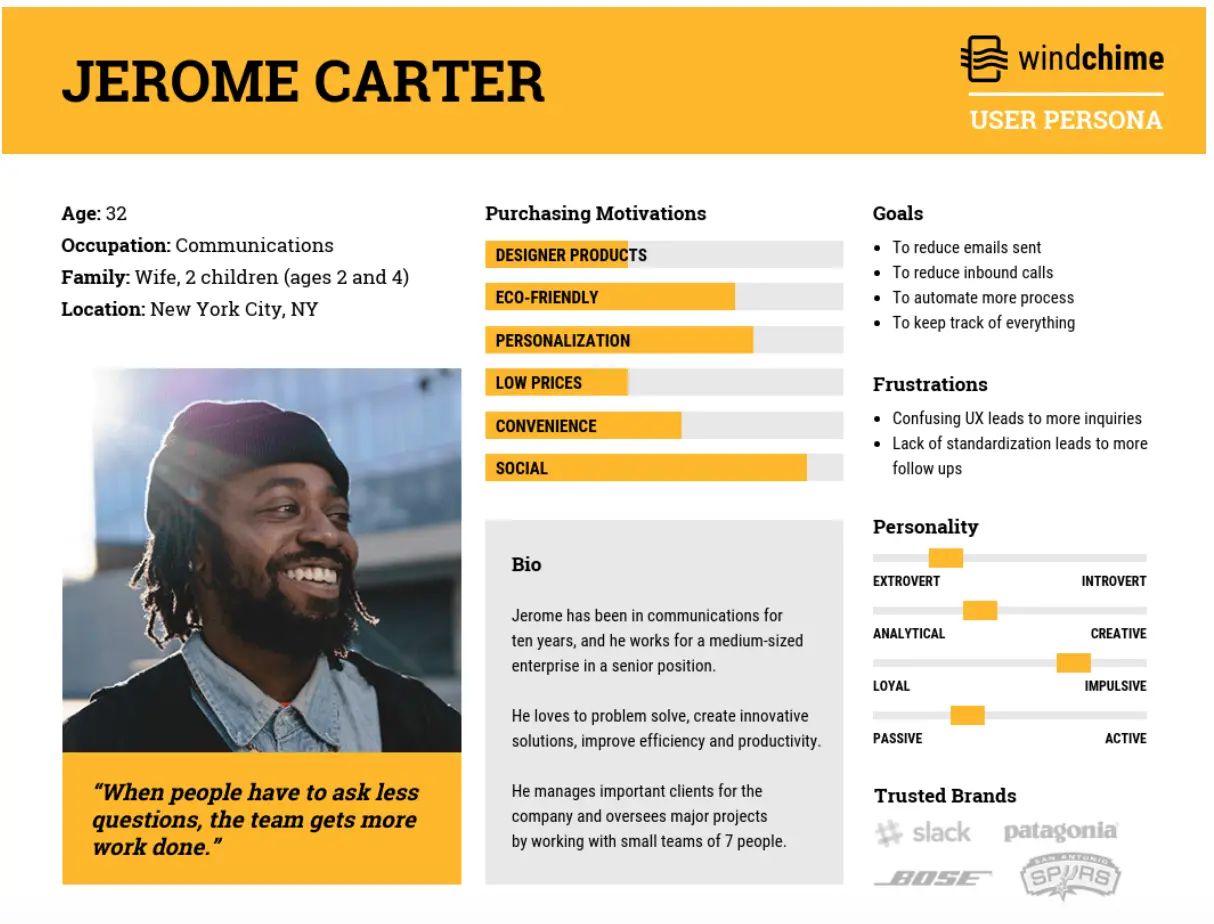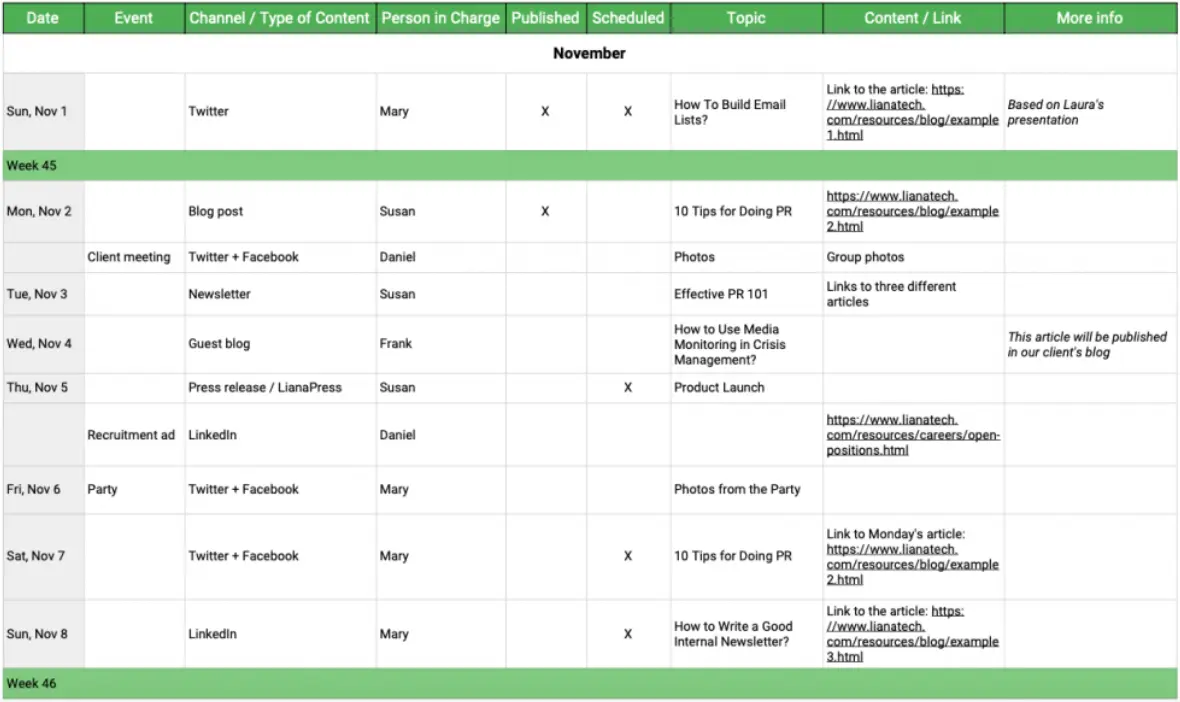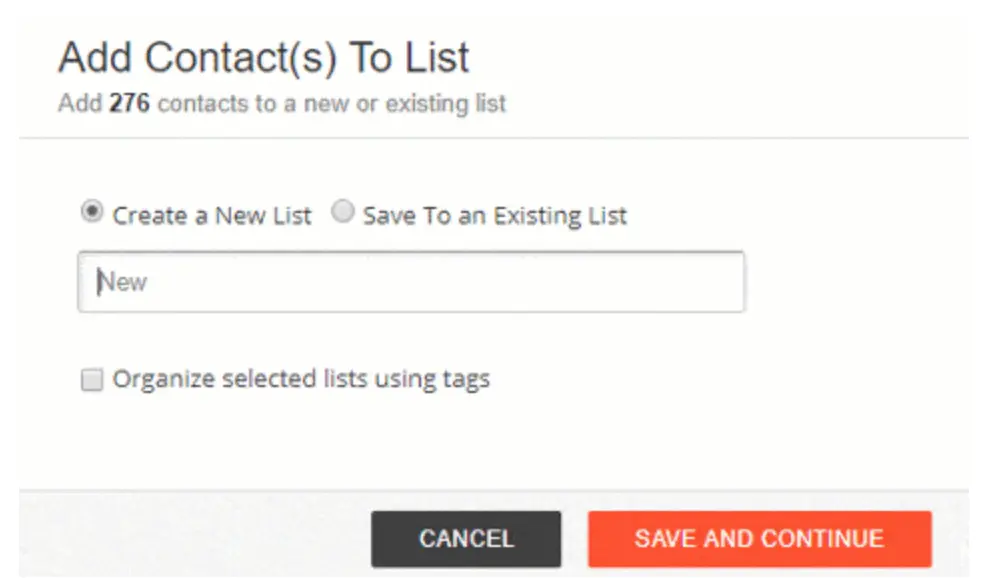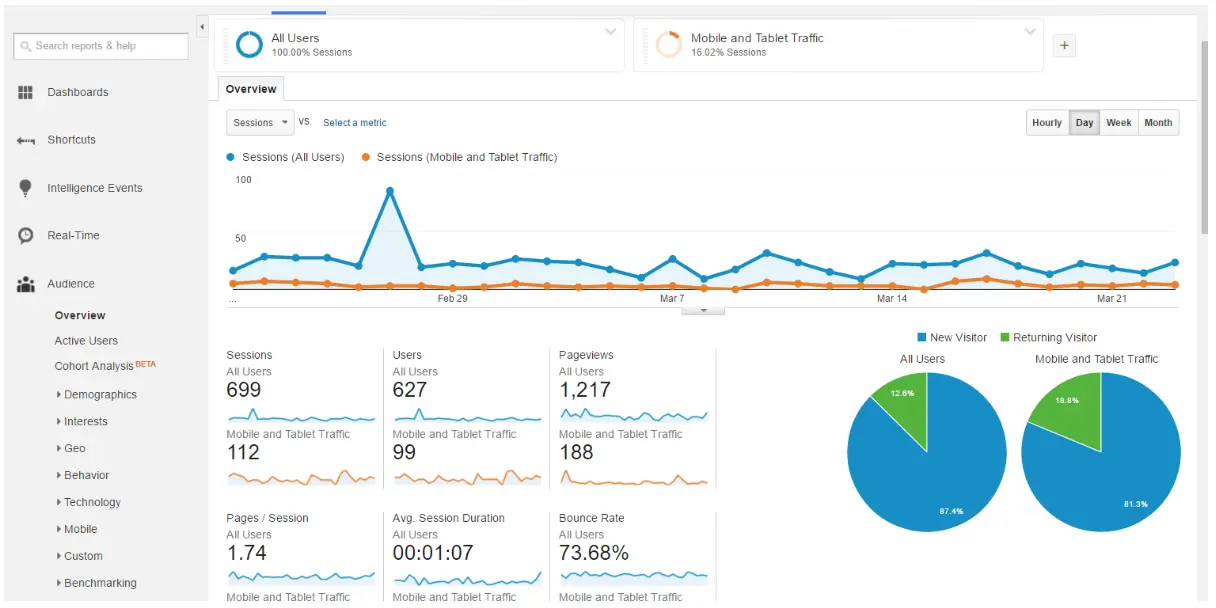No matter how big or small your company is, it’s always possible to find yourself in the middle of a public relations crisis. Whether it’s a scandalous incident involving one of your employees or something as seemingly innocuous as a social media gaffe, you need to prepare for anything.
Part of having a solid PR strategy is putting systems and processes in place ahead of time so that you know exactly how to handle any situation.
You will need a PR strategy to maintain and build your online image. This article will help you learn how to develop your public relations strategy for your online store.
What Is A PR Strategy?
A public relations strategy is a plan that details how a company will manage its communications with the public. It will usually include a mix of tactics, such as press releases, news stories, social media posts, and blog articles.
Digital PR practitioners use social media, influencer marketing, content marketing, and search engine optimization.
Through these channels, eCommerce brands can launch digital public relations campaigns that consistently communicate positive brand messaging.
It will, in turn, drive more brand loyalty, trust, and engagement from their potential customers.
-
Top 3 Benefits of a PR Strategy
Now that you understand a PR strategy, let’s move on to the benefits your business can gain from adopting PR strategies.
Besides the already discussed control over people’s perceptions and opinions about your brand, other PR strategy benefits include:
1. Improves website traffic
A PR strategy improves website traffic by using SEO techniques and opportunities like guest posting and SEO content creation.
It allows your content to be published and featured on high-authority platforms and sites. The higher you rank, the more website traffic you gain.
You also gain high-quality backlinks by posting your content on high-authority websites, which boosts your ranking signals and organic search traffic.
For instance, a press release or post on Vogue’s site would be great digital PR for luxury brands.
2. Generates new leads
There is a significant connection between website traffic and lead generation.
You have a better chance of scaling your lead generation efforts as your website traffic grows.
It is also important to remember that referral traffic due to PR strategies like social media mentions means that your current customers are bringing in new leads.
A PR strategy lets you put your brand’s products in front of your target audience through tools and resources like high-quality articles, brand announcements, online press releases, etc.
As a result, you generate new leads by offering relevant solutions or answers to their queries.
Finally, an excellent PR strategy will introduce your brand to new and broader audiences.
You're guaranteed new leads as new people become aware of your brand. PR strategies also build brand trust and raise your sentiment scores, which attracts new leads.
3. Enhances sales
Your brand will enjoy increased sales through improved brand perception and higher website traffic of qualified leads.
A PR strategy ensures this is possible by providing that any online brand content you release is high-quality, engaging, and SEO-friendly.
Such content grabs the audience’s attention, and over time, you gain brand authority, trust, and a positive online presence. And will ultimately lead to increased online store sales.
5 Steps to Develop a PR Strategy For Your Online Store
Like any other strategy-creating process, there’ll be a lot of planning and research, which can be pretty demanding. However, we’ve tried to summarize the core stages in five steps. Dive right in!
1. Define your goals
What are you looking to achieve from your PR strategy? The only way to answer the question is by defining your goals. Your business goals will help you determine the best PR strategy approach.
There are three commonly followed goals in PR:
- Reputation management goals - focus on enhancing people’s perceptions of your brand. An example of this goal is to “improve brand perception and image.”
- Relationship management goals - help improve relationships between collaborative parties. These parties can either be within or outside your organization. A great example of such a goal is to “maintain a positive relationship with existing customers amid business changes, e.g., during an acquisition.”
- Task management goals - help identify individual tasks for your digital PR team. An example of such a goal is ‘pitching to high-authority sites for press releases and guest blogging opportunities.
The above goals are a great starting point.
However, the rule of thumb is to zero in on the specific goal you have in mind and make it clear, measurable, achievable, realistic, and timely (SMART). Remember, though, that the goals will vary from brand to brand.
For instance, new brands will create goals to help them achieve brand awareness.
However, already-established brands will focus on increasing their traffic or improving relationships with existing customers while attracting new leads.
While defining your goals, it’s also crucial to follow and keep track of emerging trends and opportunities in your industry. It’ll help you make practical goals and keep you aware of any changes or updates you need to make to your goals.
2. Align your target audience
Executing PR strategies without any idea of your target audience would save time and resources because your PR messages will only reach the right people.
But you can’t align your target audience without first defining your target audience.
So how do you define your target audience?
The best way to do this is by creating personas that help you represent your ideal target audience.
First, start by collecting your target audience data. Then, ensure you cover all your bases by looking at their demographics, psychographics, and firmographics.
With this information, your next step will be developing a target audience persona for your PR strategy. You can add a name and picture to give them a more personal touch, as shown in the template below.

Your target audience persona will be your reference throughout your PR efforts, ensuring everything stays on track.
Consult the persona whenever you think about the PR channels to pick. Do the same when coming up with your PR messages.
With this approach, you won’t just reach the right audience. You’ll also have the perfect messaging that will resonate with viewers. That brings us to the next point.
3. Create the right content
Quality content is at the center of a successful PR campaign. So you need to create content that resonates with your target audience and incorporate it into your PR strategy.
Your audience persona can help you create an effective content strategy. You can also use tools like SEMrush and BuzzSumo to further assist in identifying critical topics of interest.
For further expertise and guidance in optimizing your content strategy, partnering with a content marketing agency can provide specialized knowledge and valuable insights to enhance your overall content marketing efforts.
Of course, if you want to keep costs down and up your in-house content creation game, using an AI art generator tool is the ideal solution for modern brands to adopt.
As a result, you will be able to provide relevant content for your current and target customers.
Next, you must create an editorial content calendar outlining your content production schedules, outreach plans, and distribution.
Though your calendar can be flexible, you should organize it to avoid missing or neglecting some of your PR channels or types of content.
Here’s a great example:

When creating your PR strategy under content creation, you must also identify topics that align with your brand image and audience’s interests.
Always find a perfect balance because a mismatch could lead to either less engagement from your audience or a PR crisis.
4. Identify target publications and pitch
Your PR campaign is ready to launch.
You need to identify target publications to work with and send your pitch. To kick off this stage, you must create a publications outreach list. You can either choose to do this manually or with a media database.
You must research publications and journalists covering specific topics if you settle on doing it manually.
You can do this by going through various online sites covering similar themes or topics, conducting searches on social media, or even reaching out to old contacts.
Suppose you use the media database options like Cision or AgilityPR.
In this case, you only need to use the search functionality to search for journalists and outlets across different categories like the name, job title, subjects covered, and contact information.
Below is an excellent example of a search result on the AgilityPR media database.

You can save your outreach list with your target online publications and individual journalists' information and contacts.

Your pitch can be for podcasts and youtube channel appearances, interviews, and social media collaborations, to mention a few.
The main challenge with pitching is that online publications receive hundreds of pitches. So your pitch has to stand out for you to pique their attention. Here’s how you can achieve that:
- Research your publications - Check their previously published content and ensure your pitch is relevant to their field. For instance, if they are a remote work publication, a relevant pitch can be on the global rise of virtual assistant jobs.
- Always make it personal - Show them that you appreciate their work by mentioning the published content you liked. You could also show how it relates to your pitch and include how covering your work will benefit them.
- Grab their attention - One way to achieve this is by personalizing your pitch, from your salutations to the subject line and the body. However, ensure that even as you get creative, you stick to their writing style, which you can learn from the published work.
Also, keep your pitch short, brief, and easy to read. You could also include bullets to summarize your points or visual content to entice the publication or the specific journalist.
A digital business card can be a great way to promote your business and connect with potential clients and partners during your outreach.
The best digital business card can also help you stay organized and keep track of your networking contacts.
Finally, remain persistent. If you’re not successful with your pitches the first time, modify your approach and try again!
5. Measure success through KPIs
Measuring success via your KPIs (key performance indicators) is relatively easy because PR is a data-driven strategy.
Most digital channels value analytics and will provide performance reports from their built-in analytics, which you can interpret to measure your campaign’s success.
Besides the embedded analytics, your brand could also use a tool like Google Analytics, shown below.

There are various crucial digital PR KPIs you should track, including:
- Social engagement. Comments, Social shares, shared media saves, and mentions.
- Change in brand sentiment, which is guided by sentiment scores
- Organic growth and traffic
- The number of backlinks and do follow links to your site. You want to have as many followed links as possible.
- Domain authority and your links' domain rating
- You can measure brand awareness through the number of branded searches, impressions, customer surveys, social media engagements, etc.
These metrics will help you complete the next step, evaluating and reporting.
In this stage, you take the goals you made in the first stage, use the relevant metric to measure the performance, and then determine the campaign's success.
In Closing
Digital PR strategies unlock better opportunities for brands to reach their target audience, build brand image, improve traffic, generate new leads, and enhance sales.
However, to enjoy these benefits, you need an effective digital PR strategy, which you can create through the five core steps discussed above.
Start by defining your goals, aligning your target audience, creating relevant content for your target audience, identifying target publications, and sending great pitches.
Finally, measure the success of your digital PR campaign using relevant KPIs.
Follow these steps today and create a digital PR strategy to help you run successful campaigns that boost your brand’s visibility.
Author Bio
Chris Norton, Founder of B2B PR agency Prohibition, former University lecturer, author of “Share This Too” and his social media training blog, which is listed in the UK's top 10 PR and social media marketing blogs.

